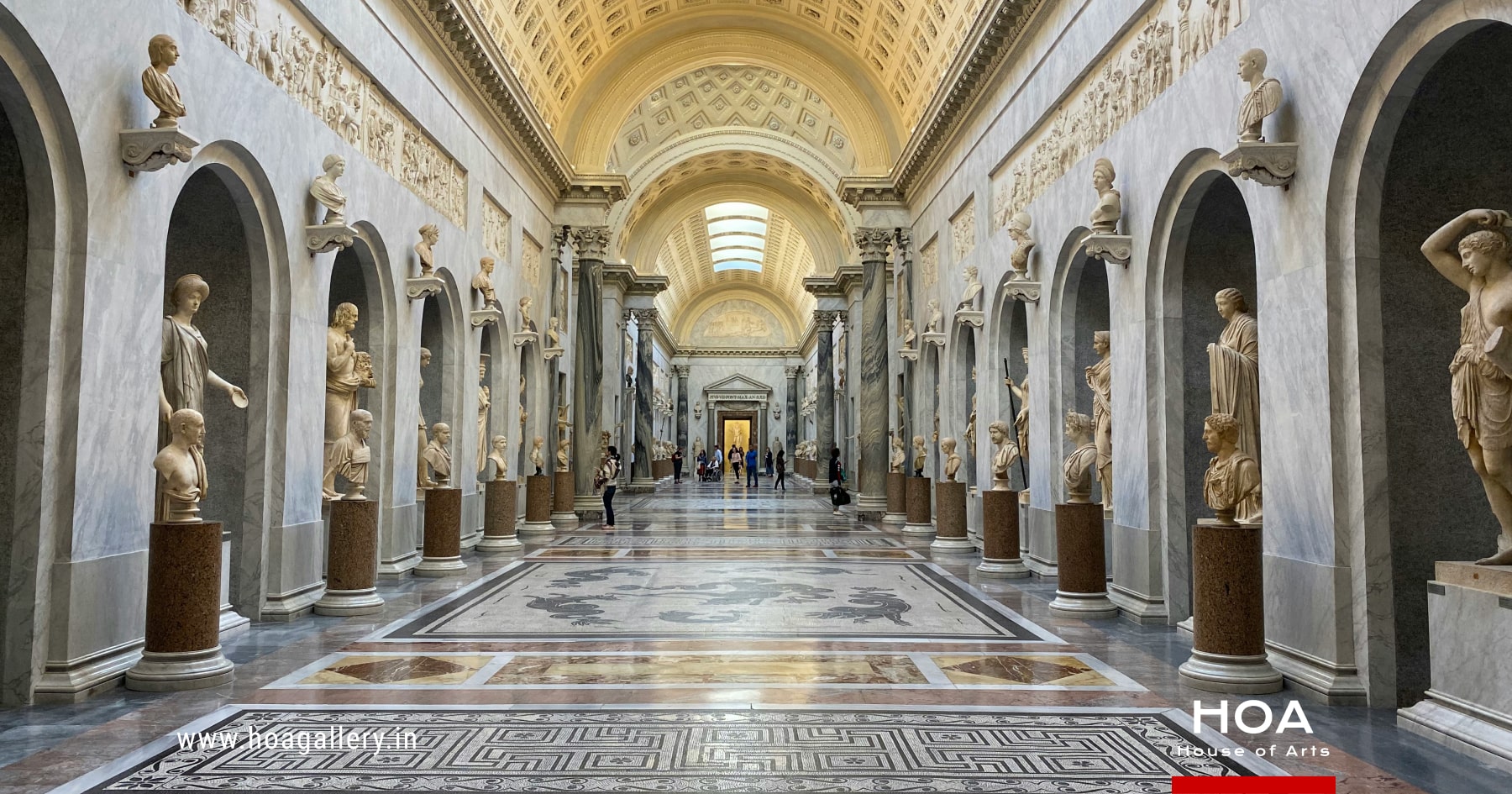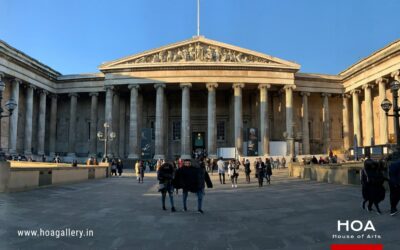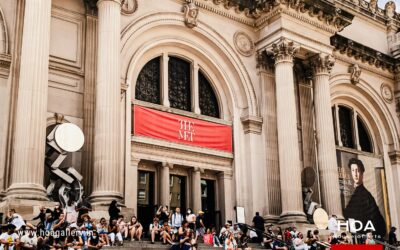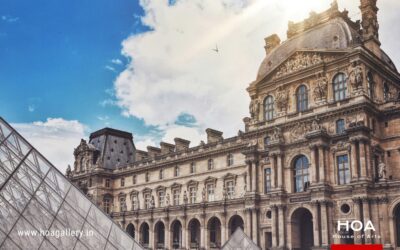The Vatican Museums (Musei Vaticani) in Vatican City house one of the most extraordinary and extensive art collections in the world. Established by Pope Julius II in the early 16th century, these museums preserve and showcase masterpieces of Renaissance art, classical antiquities, and religious artifacts. The Vatican Museums attract millions of visitors each year, offering an unparalleled journey through the artistic and cultural history of Western civilization.
History & Architecture
The Vatican Museums are part of Vatican City, the world’s smallest independent state and the spiritual center of the Roman Catholic Church. Founded in 1506, the museums grew over centuries as popes amassed a vast collection of priceless artwork, sculptures, and manuscripts. The architecture itself is a marvel, with intricately designed halls, frescoed ceilings, and grand courtyards.
Collections & Masterpieces
The Vatican Museums consist of 54 galleries with over 70,000 artworks, divided into multiple sections featuring classical, medieval, Renaissance, and contemporary art.
1. The Sistine Chapel
The most famous attraction in the Vatican Museums, the Sistine Chapel, is home to Michelangelo’s breathtaking frescoes, including:
- The Creation of Adam – One of the most recognized images in art history, depicting God giving life to Adam.
- The Last Judgment – A massive fresco covering the altar wall, illustrating the Second Coming of Christ.
- Biblical Scenes – The ceiling of the Sistine Chapel, painted by Michelangelo between 1508 and 1512, features depictions of the Book of Genesis.
2. Raphael Rooms (Stanze di Raffaello)
Commissioned by Pope Julius II, the Raphael Rooms contain some of the greatest Renaissance frescoes, including:
- The School of Athens – Raphael’s masterpiece representing philosophy, featuring figures like Plato, Aristotle, and Socrates.
- The Disputation of the Holy Sacrament – A grand fresco illustrating theological debates.
3. The Gallery of Maps (Galleria delle Carte Geografiche)
A 120-meter-long corridor decorated with 40 frescoed maps of Italy, commissioned by Pope Gregory XIII in the 16th century. These maps provide insight into Renaissance cartography and geographical knowledge.
4. The Pinacoteca Vaticana (Vatican Art Gallery)
A vast collection of paintings, including:
- Leonardo da Vinci – St. Jerome in the Wilderness
- Caravaggio – The Entombment of Christ
- Raphael – Transfiguration, considered one of his greatest works.
5. The Gregorian Egyptian Museum
This section features an impressive collection of ancient Egyptian artifacts, including mummies, statues, and hieroglyphic tablets.
6. The Pio-Clementine Museum
A remarkable collection of classical sculptures, including:
- Laocoön and His Sons – A stunning Hellenistic sculpture depicting a Trojan priest and his sons attacked by sea serpents.
- Apollo Belvedere – A revered statue of the Greek god Apollo, representing idealized beauty.
7. The Vatican Library
One of the oldest and most valuable libraries in the world, containing over 1.1 million books, manuscripts, and documents, including ancient texts and religious scriptures.

The Sistine Chapel Ceiling by Michelangelo
Visitor Experience
- Location: Vatican City, Rome, Italy
- Annual Visitors: Over 6 million people
- Must-See Areas: The Sistine Chapel, Raphael Rooms, and the Gallery of Maps.
- Tip: The Vatican Museums are vast and often crowded, so visitors should book tickets in advance and opt for guided tours to fully appreciate the collections.
Conclusion:
The Vatican Museums are not just a collection of art but a testament to human creativity, faith, and intellectual achievement. From Michelangelo’s divine frescoes to Raphael’s Renaissance masterpieces, the Vatican Museums offer an unparalleled experience for art lovers and history enthusiasts alike. A visit to this world-renowned institution is a journey through the very heart of Western civilization and artistic genius.




